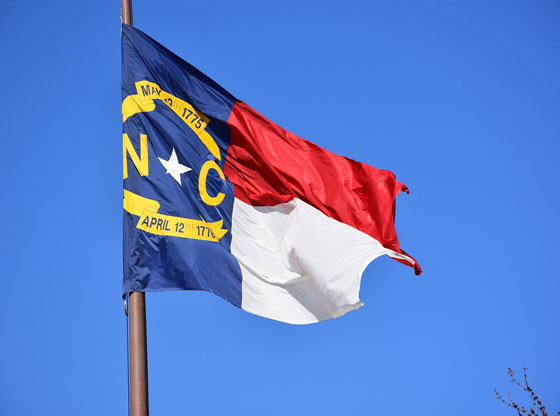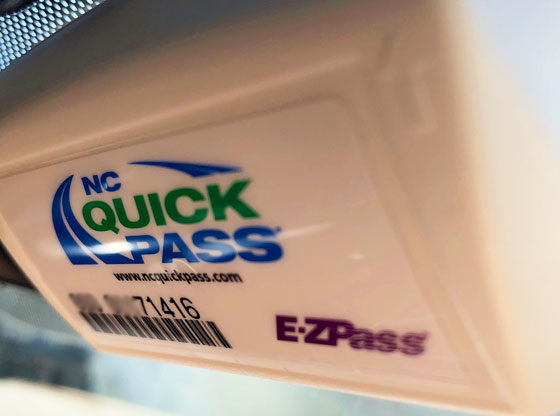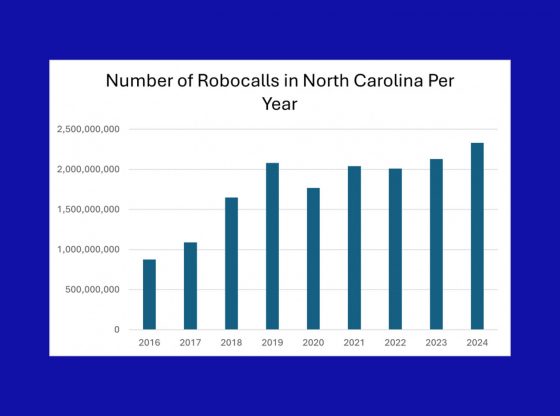State Treasurer Dale R. Folwell, CPA, announced Thursday the results of the 2022 Debt Affordability Study, advising the Governor and General Assembly on the estimated debt capacity of the General and Transportation Funds for the upcoming 10 fiscal years.
The annual study, approved by the Debt Affordability Advisory Committee (DAAC), provides a comprehensive assessment of a government’s ability to issue debt for capital needs. Control of a state’s debt burden is one of the key factors used by rating agencies’ analysis in assessing credit quality.
The DAAC is required to annually advise the Governor and members of the North Carolina General Assembly (NCGA) of the estimated debt capacity of the General, Highway and Highway Trust funds for the upcoming 10 fiscal years. The DAAC is also directed to recommend debt management policies it considers desirable and consistent with the sound management of the state’s debt.
The guidelines attempt to strike a balance between providing sufficient debt capacity for funding essential capital projects, while imposing sufficient fiscal discipline to maintain future budgetary flexibility and protect the state’s “AAA” bond rating. North Carolina is one of only 13 states that have an “AAA” bond rating with all three major rating agencies.
“This is not political or emotional, but mathematical,” said Treasurer Folwell. “Even with budget surpluses and healthy reserves, we have almost $40 billion in unfunded pension and health care liabilities. That bill will come due much sooner than people realize. We’re doing what’s necessary at this point in the state’s history because others didn’t. As Gov. Martin said, ‘…doing right is rarely wrong.’”
The DAAC has adopted the ratio of debt service as a percentage of revenue as its controlling metric determining the state’s debt capacity. Despite declines in economic activity caused by the COVID-19 pandemic, revenue projections show a positive growth trend for the next 10 years.
Debt service projections incorporate the future issuance of $2 billion in Build NC Bonds. The remaining funds needed to complete $400 million in projects authorized under the Connect NC Bond Act will be financed through an appropriation and from available premium funds from prior Connect NC bond issues. Therefore, no future debt service projections for Connect NC were incorporated into the dept capacity model.
The General Fund model results show that the state’s General Fund has debt capacity of approximately $1.416 billion in each of the next 10 years (up to just over $4.0 billion in the first year) after incorporating the DAAC’s recommended policy that directs continuing annual appropriations of $100 million to the Unfunded Liability Solvency Reserve (Solvency Fund) to begin to address the state’s unfunded pension and OPEB liabilities. The NCGA has allocated $40 million to the Solvency Fund for Fiscal Year 2022 and $10 million for Fiscal Year 2023. The actual ratio of General Fund debt service to revenues is projected to peak at 2.4% this fiscal year.
Transportation debt service will markedly increase over the model horizon. Assuming all $3 billion of the Build NC Bonds are issued, the 6% cap on transportation debt service to revenues will be violated beginning in FY 2026 resulting in no available transportation debt capacity. On a positive note, General Fund debt is expected to fall by half from 2017 to 2026.
On a combined basis, the General Fund and Transportation Fund’s debt service is projected to peak at approximately 2.61% of combined revenues in FY 2023.
The N.C. Department of State Treasurer’s State and Local Government Finance Division handles the sale and delivery of all state and local debt and monitors the repayment of State and local government debt. More information can be found here.
Contributed



















